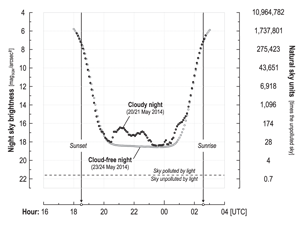
Kotarba A. Z., Chacewicz S., Żmudzka E. (2019), Night sky photometry over Warsaw (Poland) evaluated simultaneously with surface-based and satellite-based cloud observations, Journal of Quantitative Spectroscopy & Radiative Transfer
Light pollution is a widely distributed form of anthropogenic pollution that threatens both biodiversity and human health. One of the most popular indicators is known as night sky brightness (NSB), mea- sured with photometric
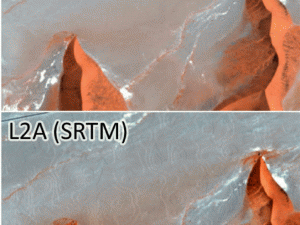
Kukawska E. et al. (2017) Multitemporal Sentinel-2 data – remarks and observations. 9th International Workshop on the Analysis of Multitemporal Remote Sensing Images (MultiTemp), Brugge, 2017, pp. 1-4, doi: 10.1109/Multi-Temp.2017.8035212
All the pre-processing algorithms are being improved constantly. The biggest challenge for the multitemporal analysis is to deal with errors caused directly by the chain of pre-processing of raw Sentinel-2 data to the level
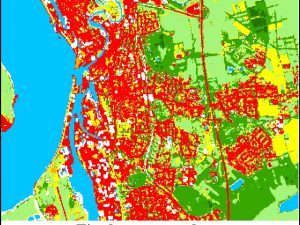
Lewiński S., Nowakowski A., Malinowski R., Rybicki M., Kukawska E., Krupiński M. (2017) Aggregation of Sentinel-2 time series classifications as a solution for multitemporal analysis. In Proc. SPIE 10427, Image and Signal Processing for Remote Sensing XXIII, 104270B doi: 10.1117/12.2277976
The general aim of this work was to elaborate efficient and reliable aggregation method that could be used for creating a land cover map at a global scale from multitemporal satellite imagery. The study
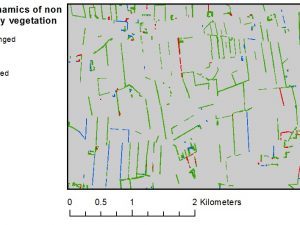
Angelidis I., Levin G., Díaz-Varela R. A., & Malinowski R. (2017) Assessment of changes in formations of non-forest woody vegetation in southern Denmark based on airborne LiDAR. Environmental Monitoring and Assessment, 189(9), 437, doi: 10.1007/s10661-017-6119-8
LiDAR (Light Detection and Ranging) is a remote sensing technology that uses light in the form of pulses to measure the range between a sensor and the Earth’s surface. Recent increase in availability of
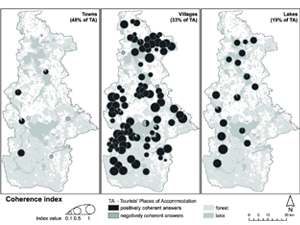
Derek M., Woźniak E., Kulczyk S. (2017) Tourism in a nature-based destination: the human versus the ecological perspectives, Tourism Geographies, 10.1080/14616688.2017.1314545
In the tourism studies literature, wilderness has been addressed from two perspectives. From the first, human, perspective wilderness is a social, subjective construction that exists only in the mind of its users. From the
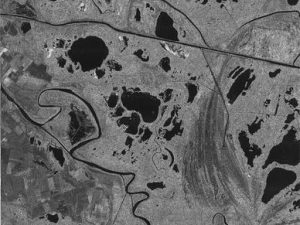
Malinowski, R., Groom, G.B., Heckrath, G. (2017) Do Remote Sensing Mapping Practices Adequately Address Localized Flooding? A Critical Overview, et al. Springer Science Reviews, doi: 10.1007/s40362-017-0043-8
Local-scale flooding (LSF) is usually characterized by much less severe damage compared to extreme flood events; however, it does have marked local environmental influence, especially when it is characterized by regular and frequent occurrence
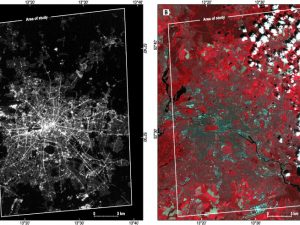
Kotarba A.Z., Aleksandrowicz S. (2016) Impervious surface detection with nighttime photography from the International Space Station. Remote Sensing of Environment Volume 176, April 2016, Pages 295-307, doi: 10.1016/j.rse.2016.02.009
For over two decades nighttime satellite imagery from the Operational Linescan System (OLS) has been used to detect impervious surfaces. However, OLS-based maps suffer from the sensor’s coarse resolution (2.7 km/pixel), overglow, and saturation in

Woźniak E., Kofman W., Wajer P., Lewiński S., Nowakowski A. (2016) The influence of filtration and decomposition window size on the thresholdvalue and accuracy of land-cover classification of polarimetric SAR images, International Journal of Remote Sensing, 37:1, 212-228, doi: 10.1080/01431161.2015.1125548
In this study we use ALOS PALSAR satellite data to classify land cover using a decision tree algorithm. We apply polarimetric decomposition methods to coherence and covariance matrices obtained from the data and then
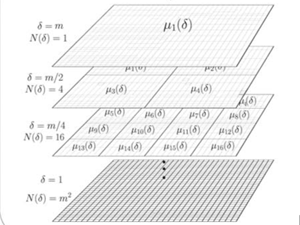
Aleksandrowicz, S.; Wawrzaszek, A.; Drzewiecki, W.; Krupiński, M. (2016) Change Detection Using Global and Local Multifractal Description, IEEE Geoscience and Remote Sensing Letters, Volume: 13, Issue: 8, Aug. 2016, doi: 10.1109/LGRS.2016.2574940
In this letter, we apply the multifractal formalism to land cover change detection on very high spatial resolution data. Specifically, multifractal spectra are determined and, with modifications, are used as an initial general indicator
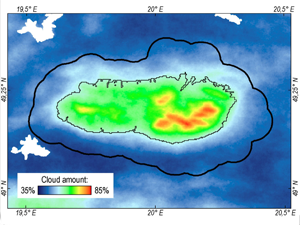
Kotarba A.Z. (2016) Comparison of Differences Between MODIS 250 m and 1 km Cloud Masks. Atmospheric Research, 181, 54-62, doi:10.1016/j.atmosres.2016.06.014
The spatial resolution of remote sensing instruments installed onboard satellites is one of the key factors for accurate estimations of cloud amount. In general terms, the larger the instantaneous field of view (IFOV), the
 English version
English version